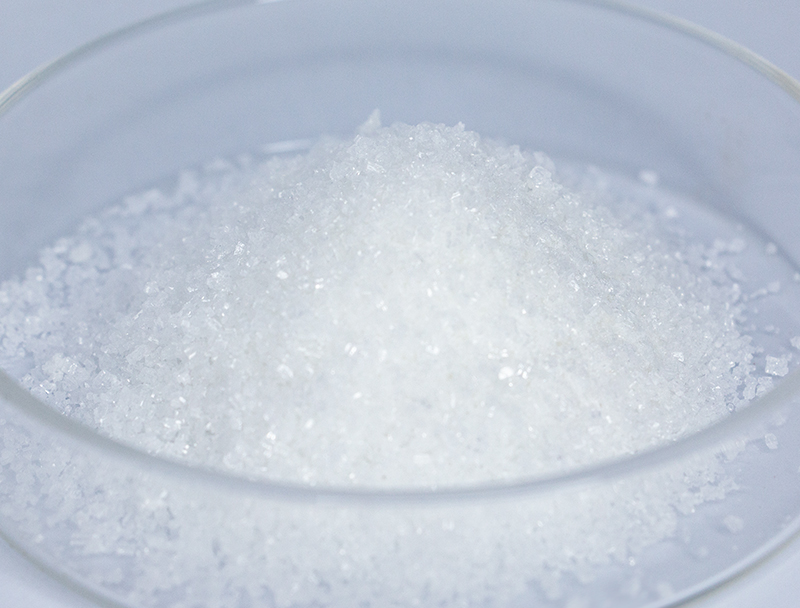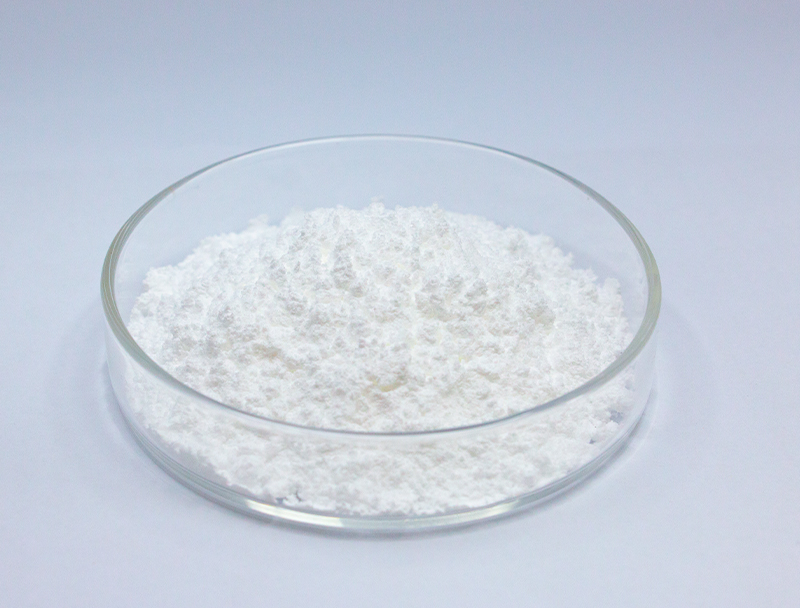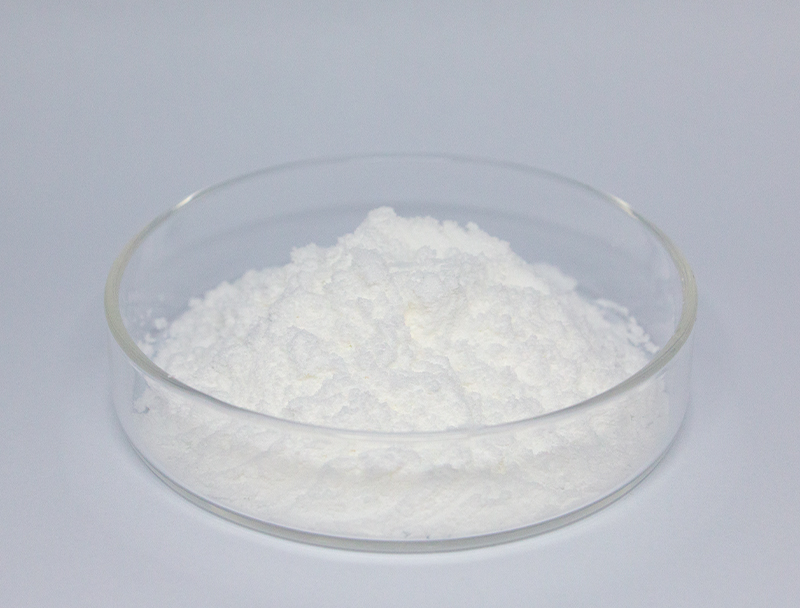
Bioprocessing depends strongly on a broad palette of base components to manufacture advanced biological products.
Preserving durable supply chain sourcing is paramount for the long-term viability and ethical growth of the industry.
a range of complications linked to historic procurement practices for example habitat harm and overextraction of resources. Accordingly, companies are required to implement regenerative sourcing methods to mitigate footprints.
- Situations demonstrating ethical sourcing encompass:
- Harnessing secondary biomass from farming outputs
- Integrating recovery systems to shrink waste while improving throughput
- Building relationships with nearby vendors dedicated to moral sourcing
Moving toward responsible sourcing creates ecological improvements and economic resilience.
Tuning Feedstock Characteristics for Higher Biofuel Efficiency
Increasing biofuel conversion efficiency is tied to feedstock composition and condition. Engineers continually develop approaches to improve biomass suitability, yielding greater biofuel outputs and greener energy prospects. Tactics include molecular breeding to increase biomass and chemical or physical pretreatments to release sugars.
- Furthermore, teams search for alternative biomass sources including algal strains, industrial wastes, and crop leftovers to broaden sustainable feedstock options for fuels.
- Because of continual endeavors biofuel technology is set to attain meaningful progress that supports renewable energy growth.

Biopharmaceutical Manufacturing: Advancements in Upstream Processing
covers the early phases of biopharma production including culturing and biological harvesting Recent developments in this field have resulted in optimized workflows that raise overall output.
Important innovations consist of upgraded cell platforms, customized nutrient matrices, and smart bioreactor solutions. Such breakthroughs boost efficiency and simultaneously reduce manufacturing costs and carbon burdens.
- Moreover, continuous manufacturing adoption is enabling dynamic control and greater adaptability in upstream workflows.
- This shift towards more sophisticated biopharmaceutical manufacturing methods promises to revolutionize the industry and pave the way for faster development of novel therapeutics.

Genetic Engineering Innovations for Higher Therapeutic Yields
refinements in gene-targeting technologies have advanced protein production workflows. By accurate genomic tuning, developers enhance yields of critical biopharmaceuticals. The strategy paves the way toward accessible, high-yield therapeutics across disease spectra.
Microbial Solutions for Greener Bioremediation Practices
progressive microbe-based cleanup tactics that mitigate industrial pollution. Certain microbes have capacities to biotransform contaminants into nonharmful forms.. Using microbial biotechnology enables remediation strategies that balance effectiveness with ecological protection. Study groups probe microbial metabolic diversity to tackle metals, persistent pesticides, and hydrocarbon spills.. These microbes operate in engineered systems or direct environmental applications to metabolize and remove contaminants.
Biological remediation using microbes yields meaningful benefits compared to conventional strategies. Such strategies are budget-friendly and lessen the creation of harmful byproducts. Furthermore, microbial solutions are highly specific, allowing for the remediation of particular pollutants without disrupting the broader ecosystem. Advancements continue apace to increase the speed, efficiency, and applicability of microbial remediation techniques.
Computational Biology in Drug Discovery
Data-driven bioinformatics is critical for modern pharmaceutical innovation. By analyzing biological data to select and improve leads, computational methods support efficient drug development.
- By analyzing vast datasets of genomic, proteomic, and clinical data, bioinformaticians can uncover novel drug targets and predict the activity of potential therapeutics.
- Concurrently, virtual screening and simulation shape the development of more effective therapeutics.
- Ultimately, informatics is transforming R&D and shortening timelines to deliver safe, efficacious therapies to patients.
Engineering Cellular Pathways for Improved Bioproduct Output
deploys several tactics to elevate cellular production of valuable biochemicals. Methods might combine targeted gene changes to rechannel flux, regulatory element design to control expression, and exogenous gene introduction to provide fresh capabilities.. With precise metabolic tuning scientists can greatly enhance yields of desired compounds.
This wide-ranging tactic can overhaul industries spanning medicine, agriculture, and energy production.

Scaling Biopharma: Difficulties and Strategic Opportunities
Moving from bench to commercial scale creates complex challenges and valuable opportunities. Sustaining uniform quality across expanded production capacity is a principal challenge. Tackling it demands tightly integrated control systems, precise surveillance, and state-of-the-art analytics.

The multi-faceted nature of production steps adds complexity to scaling efforts. Converting small-scale procedures to plant-scale operations 5-Aminolevulinic acid necessitates extensive innovation and optimization.. However, the potential rewards are substantial. Successful industrialization can broaden availability, trim costs, and raise profitability.
Different initiatives are progressing to solve scale-up constraints. Programs comprise advanced optimization systems, real-time process monitoring tools, and innovative production strategies.
- Technology development efforts underpin advances in production capability.
- Regulators are reforming approval systems to facilitate adoption of advanced manufacturing and nurture innovation.
Understanding Regulatory Oversight to Ensure Biopharmaceutical Quality
Creating biologic medicines requires strict regulatory controls to maintain both patient safety and therapeutic value. Biologics sourced from living systems pose distinct regulatory and manufacturing complexities versus small-molecule drugs.
Authorities including the FDA and EMA implement guidelines and thresholds to assess and approve novel biologic products.
Comprehensive testing regimens must be followed from early-stage research through ongoing post-approval monitoring.. These steps are designed to surface risks and verify that biopharmaceuticals comply with elevated safety thresholds..
Likewise, authorities progressively modify regulatory tactics to follow the speed of innovation in biopharma.. Initiatives cover incorporating new methods and supporting faster development while ensuring patient protection.

Assessing Plant Biomass Pathways for Bioplastic Innovation
Increasing interest in sustainable materials spurs innovation in renewable resource development. Plant-derived biomass as input for bioplastics represents a practical route toward greener materials. Feedstocks including cornstarch, plant cellulose, and sugarcane derivatives yield biodegradable plastics which break down and mitigate plastic pollution.
Likewise, some plant-derived plastics perform similarly to petroleum-based materials for a variety of uses.. Continuous R&D will drive plant biomass into scalable bioplastic manufacture and help establish closed-loop material systems.
Biotechnology Driving Advances in Health and Agricultural Stability
Advanced biotech approaches can reshape healthcare delivery and enhance agricultural resilience. Applying targeted genetic edits, synthetic biology frameworks, and cellular therapeutics, practitioners produce measures to address infectious disease, boost harvests, and upgrade nutritional content.. As an example, crop genetic improvements for pest and stress resistance help boost production and cut dependence on chemical pesticides.. Similarly, biotech contributes advanced vaccines, antimicrobial strategies, and diagnostic techniques crucial for infectious disease management and health advancement.. Continued scientific progress suggests biotechnology will increasingly underpin healthier, more sustainable societies worldwide.
